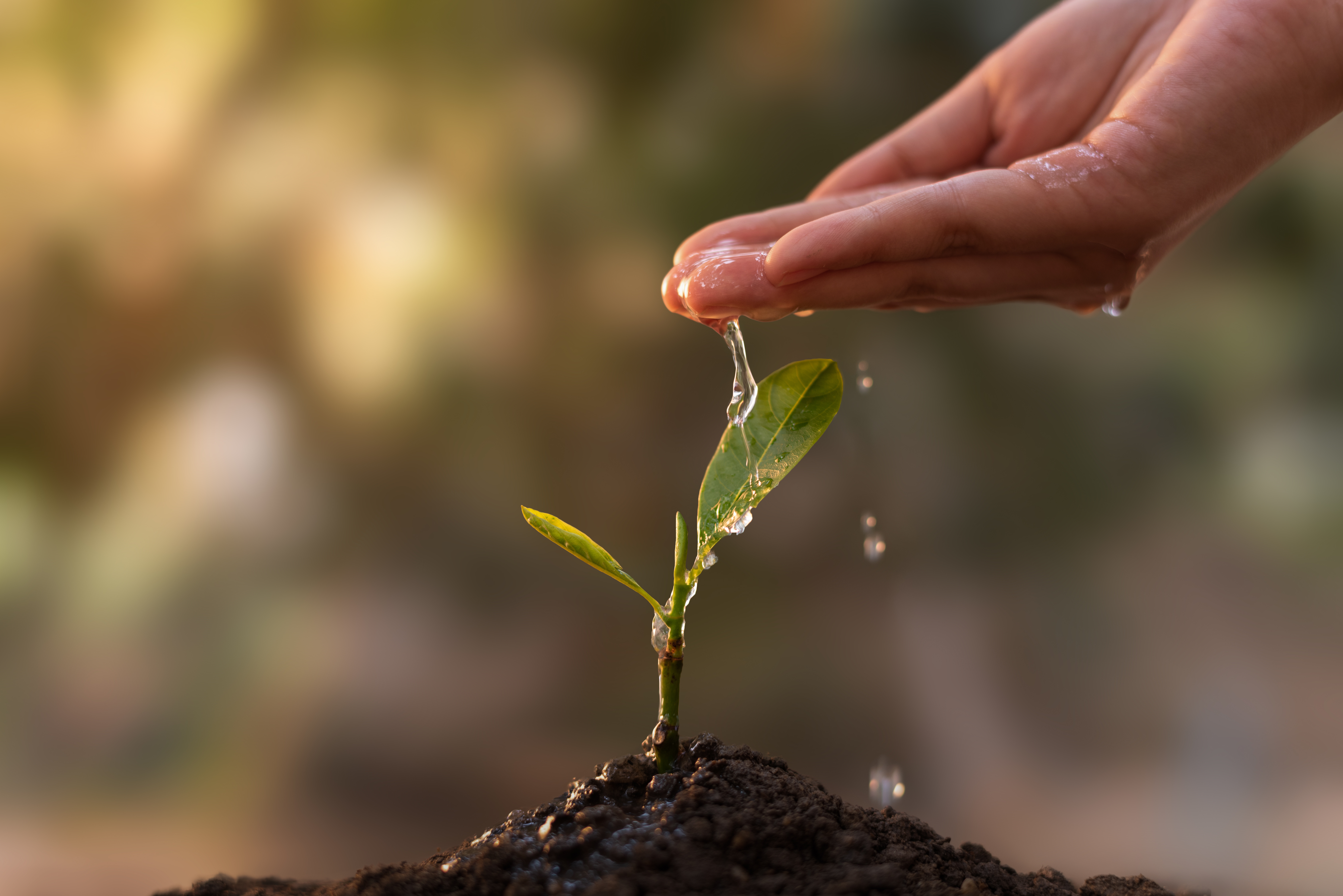
Plant nutrition and fertilization practices are important components of good agricultural practices (GAP). To contribute to the successful application of GAP, this program is designed to enhance soil fertility, nutrient functions in plant metabolism, plant nutrient requirements, fertilization management, nutrient availability in the root zone and the impact of nutrient imbalances on plant growth and yield.
Estidamah’s research program regularly monitors the plant's nutrient status based on visual observation of the plant. Sampling and chemical assessment for plant leaves may be needed, either to confirm suspected nutritional disorders or to exclude them if the symptoms do not point to a typical nutrient deficiency or toxicity. To optimize plant nutrition, water and nutrient analysis is conducted in Estidamah’s core labs unit to support research decisions. On the other hand, in the greenhouse, if fertilization is not well managed in soil-grown crops (excessive amounts of fertilizers), a water surplus is often needed to avoid growing media salinization.
In recent years, different bioecological solutions have been adopted to partially replace mineral fertilizers and increase levels of vegetable production as well. Biostimulants provide promising agricultural materials that would improve the plants’ nutrients use efficiency, increase plant resistance to water and abiotic stress, and enhance plant physiological processes. In this respect, Estidamah has built a successful program to test available commercial biostimulants either alone or combined with locally isolated beneficial microorganisms on greenhouse crops.
